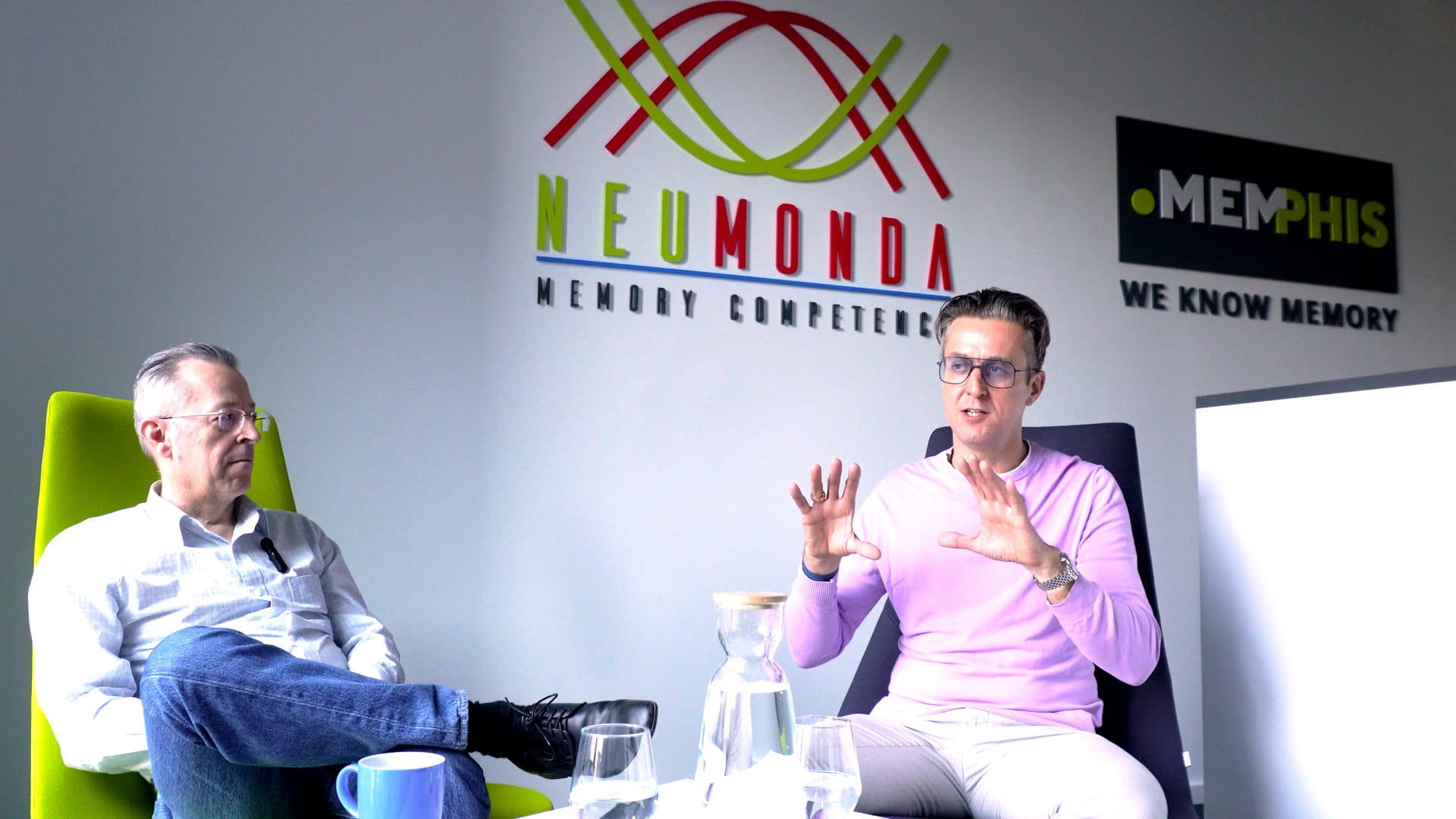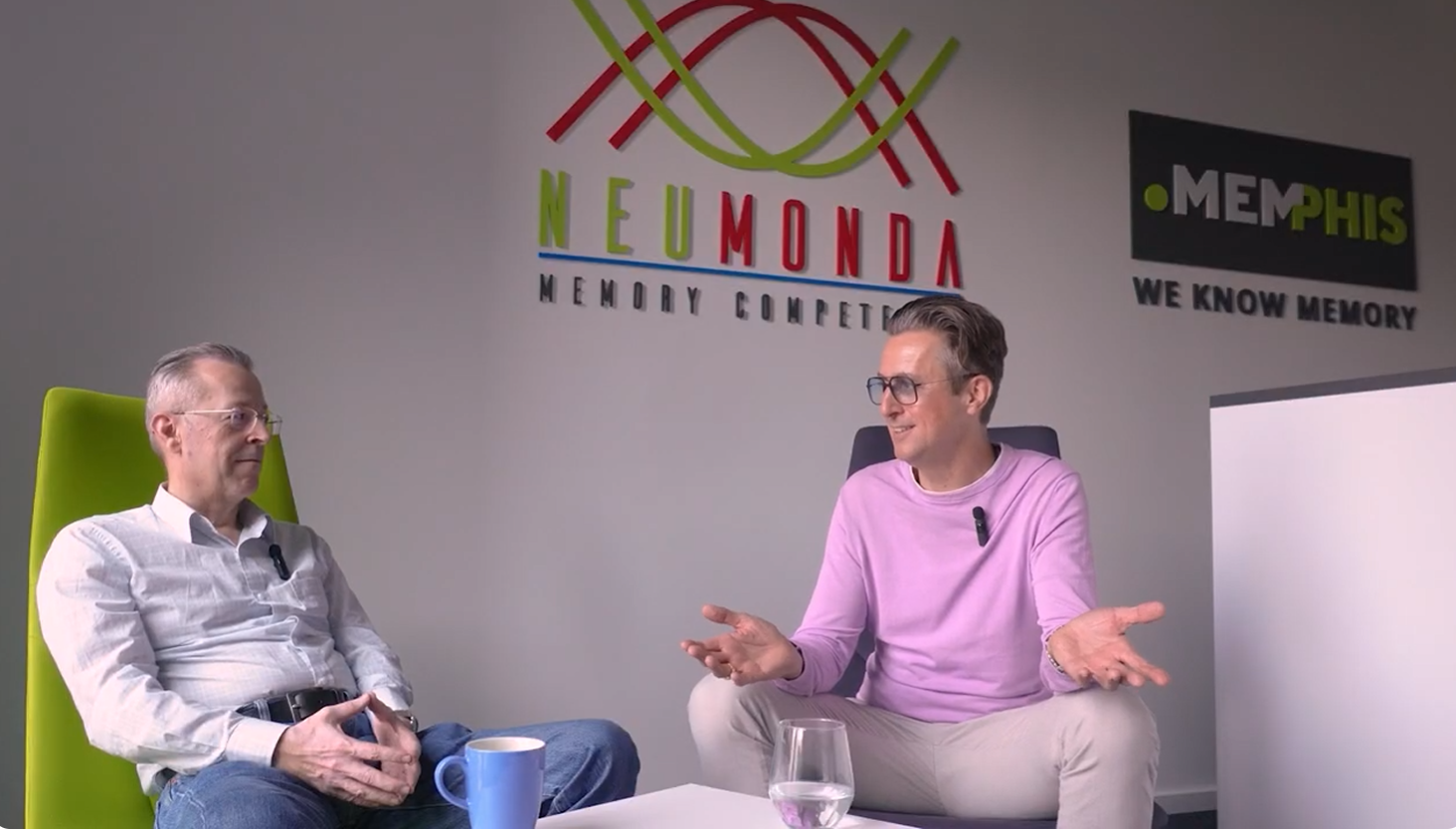I’ve been in the semiconductor industry for well over 30 years now, and it has always been a volatile industry. Still, I have never seen it quite like in the past years. And I feel it is getting worse!
After COVID, we felt we had all learned a valuable lesson. A lesson on the importance of building lasting relationships between customer and distributor, so we won’t all be hit quite as hard when the next shortage hits, for whatever reason that might be.
However, when I look at the market momentum, it feels like we are taking a big leap backward again. Just look at what is happening with DDR4 right now. Samsung, which previously captured approximately half of the DRAM market, has announced that it will cease DDR4 production by the end of 2025. This is causing a ripple effect that we have seen time and again. This time, however, it is even more excessive, due to the short window for last-minute buys and trade tensions.
Let’s face inconvenient truths
Announcements like the one from Samsung trigger a series of events: companies stock up, prices go up, and uncertainty rises. And that’s when the panic kicks in. The surge in sudden demand exceeds the current output, so memory manufacturers assign their customers only a percentage of the full order, allowing them to supply as many customers as possible.
And to be fair, for most companies, this is enough to keep them going for the next couple of months, until they get a new supply or can get it from a different vendor. Because those other, smaller manufacturers that still offer those products need to secure their wafer supply first. Ramping up manufacturing takes a couple of months.
However, many companies panic and place - often inflated - orders, not just with one supplier, but with several, in the hope that the assigned percentage from each supplier will meet their full demand. However, if that’s standard practice not only for one company, but thousands, it distorts the actual demand so dramatically that memory manufacturers cannot possibly react to that.
Bit growth has reached its end
This is precisely what we are seeing now with DDR4 as well as eMMC. These are not isolated phenomena; it’s a new reality that we are facing as the industry is moving away from the classic bit-growth cycle. The 20% growth in memory we have seen over the past year was primarily due to higher prices. The actual bit volume shipped declined.
HBM (High-Bandwidth Memory) and 3D memory are so much more complex to manufacture and so much more challenging to scale, so the memory manufacturers must carefully consider which of their products’ supply chains they are securing. Since the money currently is in HBM and high-capacity NAND, that’s an easy one to answer.
This means that we will see the big manufacturers abandon legacy technologies at much faster rates than before. Just remember: DDR3 was discontinued only at the end of 2024, and now, not even a year later, DDR4 is already being phased out by the big manufacturers. We never had that rate before. But it’s something we have to live with moving forward.
Break the vicious cycle
Entering the vicious cycle of panic buying and cancelling excess orders is certainly not the way to go. So, can we please bring some common sense back to our supply chain?
Do leverage the genuine partnerships you have within the industry. Prepare a plan B and C, and possibly even D, and stop gambling with your orders. And yes, this might mean you have to upgrade to newer generation memory in your products sooner than you thought. But if you're working with your partners, this doesn’t have to be a painful path. Concealing your hand might only up the ante for all of us.
Let’s lay our cards on the table and bring common sense back to securing our supply chains.
Marco Mezger, COO Neumonda and Global President of MEMPHIS Electronic
Please note: This commentary was originally published on eetimes.com




